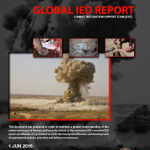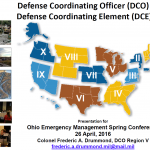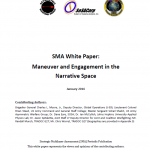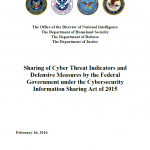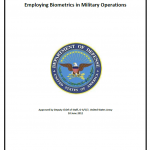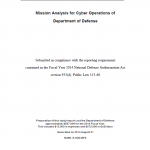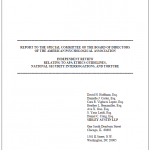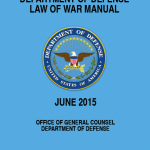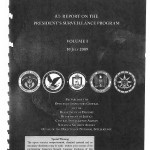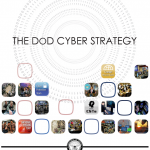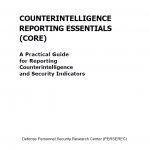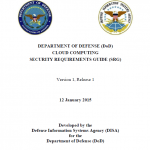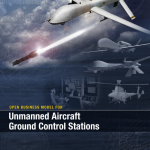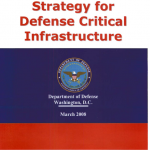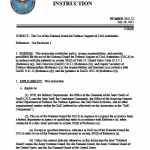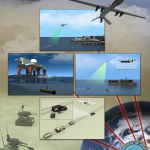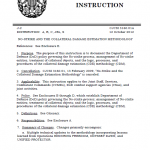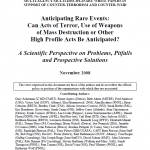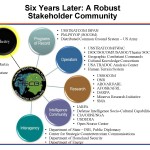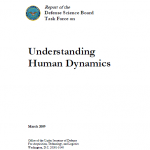
Understanding human dynamics is an essential aspect of planning for success across the full spectrum of military and national security operations. While the adage that “warfare is political conflict by other means” is widely recognized, combatants who underestimate the impact of the human element in military operations do so at their risk. During the Second World War and the reconstruction that followed, as well as during the Cold War, understanding human dynamics was considered essential. As conceptualized in this report, the term “human dynamics” comprises the actions and interactions of personal, interpersonal, and social/contextual factors and their effects on behavioral outcomes. Human dynamics are influenced by factors such as economics, religion, politics, and culture. Culture is defined herein as the particular norms and beliefs held by every human, that impacts how individuals, groups and societies perceive, behave and interact.
Read more →



